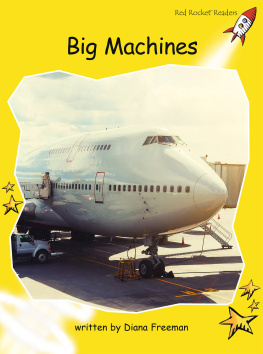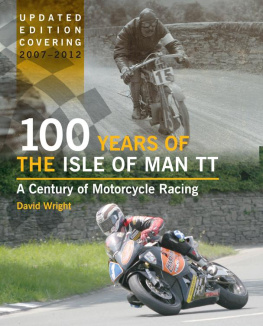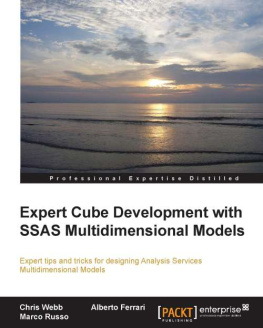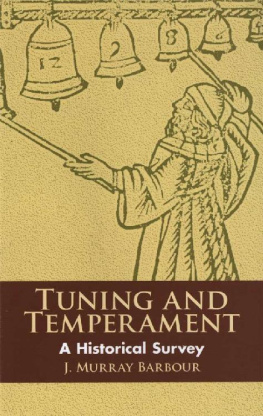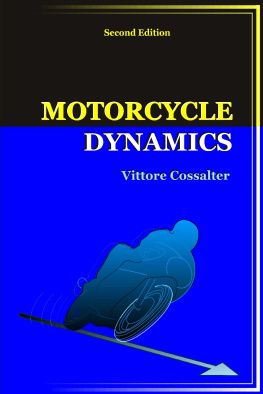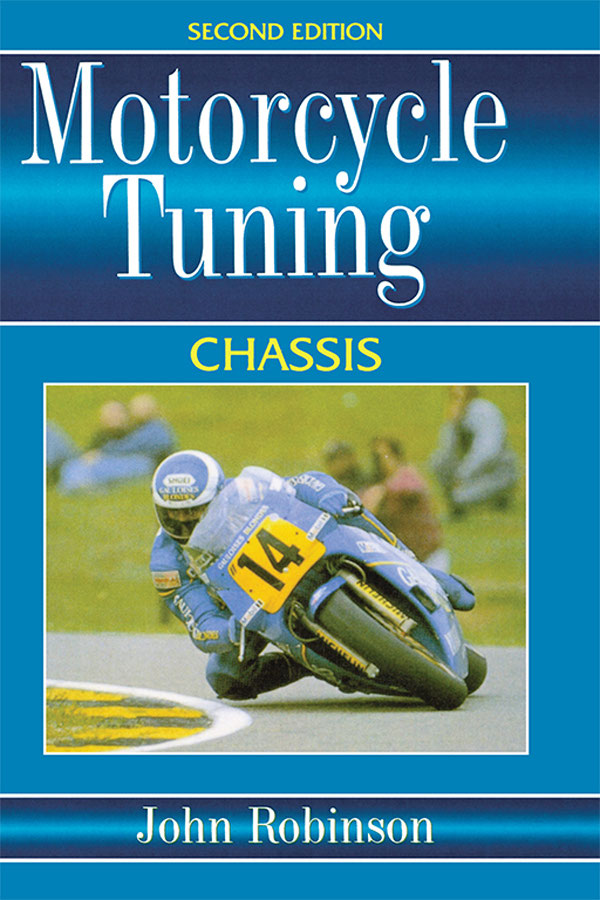Motorcycle Tuning: Chassis
Second Edition
John Robinson

Table of Contents
Cover image
Title page
Inside Front Cover
Copyright
Preface
Acknowledgements
Chapter 1: Steering and handling
Handlebar flutter or wobble
High speed weave
Suspension-related weave
Steering-related weave
Chapter 2: Rolling chassis
Optimum centre of gravity
Wheel bearings
Wheel alignment
Suspension bearings
Steering bearings
Steering damper
Steering inertia
Front ride height
Rear ride height
Wheel size
Trail
Castor
Swing arm length
Engine plates
Riding position
Steering reaction
Two-wheel steering
Chapter 3: Tyres
Contact area
Tread pattern
Chapter 4: Wheels and driveline
Drive chain
Chain lubricant
Sprockets
Sprocket carriers
Wheels
Gyroscopic effects
Wheel bearings
Chapter 5: Suspension
Springs
Active suspension
Damping
Linkages and levers
Anti-dive suspension
Anti-squat suspension
Chapter 6: Brakes
Lever
Master cylinder and reservoir
Brake fluid
Brake lines
Calipers
Pads
Discs
Anti-dive
Pro-squat
Anti-lock brakes
Drum brakes
Chapter 7: Aerodynamics
Empirical analysis
Wind tunnel tests
Maximum speed
Acceleration tests
Coastdown tests (see Chapter 11)
Modifications
Frontal area
Yaw angles
Streamlined front
Streamlined sides and tail
Detail optimization
Lift and instability
Crosswinds
Chapter 8: Frames and chassis detail
Chassis detail
Brake caliper
Brake disc
Brake drums
Brake shoes
Brake lines, cables, wiring, etc.
Cables
Chainline
Cooling system
Crankcase breather
Electrical equipment
Engine mounts
Fasteners
Footrest hangers.
Frame cracks
Handlebars and levers
Ignition wiring
Instruments
Locking nuts
Lubricants
Steering head bearings
Tanks
Tightening torque
Tyre pressure
Vibration
Wheels
Chapter 9: Bodywork
Glass fibre
Carbon fibre
Chapter 10: Welding
Oxyacetylene metal welding
Metal arc welding
Gas-shielded metal arc welding (MIG, MAG)
Gas-shielded tungsten arc (TIG)
Other processes
Materials
Components
Chapter 11: Testing and development
Performance tests
Comparative tests
Optimizing settings
Appendix
Index
Inside Front Cover
by the same author
Motorcycle Service and Set-up Data
Motorcycle Tuning: Four Stroke
Motorcycle Tuning: Two Stroke
Copyright
Butterworth-Heinemann
Linacre House, Jordan Hill, Oxford OX2 8DP
Wildwood Avenue, Woburn, MA 01801-2041 USA
A division of Reed Educational and Professional Publishing Ltd
A member of the Reed Elsevier plc group
First published 1990
Reprinted 1992
Second edition 1994
Reprinted 1995, 1996, 1997, 2000, 2001
John Robinson 1990
All rights reserved. No part of this publication may be reproduced in any material form (including photocopying or storing in any medium by electronic means and whether or not transiently or incidentally to some other use of this publication) without the written permission of the copyright holder except in accordance with the provisions of the Copyright, Designs and Patents Act 1988 or under the terms of a licence issued by the Copyright Licensing Agency Ltd, Tottenham Court Road, London, England W1P 0LP. Applications for the copyright holders written permission to reproduce any part of this publication should be addressed to the publishers.
British Library Cataloguing in Publication Data
Robinson, John
Motorcycle tuning: chassis
Motorcycles. Chassis. Tuning
I. Title
629.24
ISBN 7506 1840 X
Transferred to Digital Printing 2009.
Preface
Racing, the whole fun of riding bikes and the practicality of riding bikes, is all about going around corners. A machine which can corner faster or which is more manoeuvrable, will be more competitive, more fun, or easier (safer) to get through traffic.
Anyone who has ridden more than three bikes will know that there are differences sometimes big differences in the way they react. Anyone who has tinkered with suspension and tyres will know that it is possible to make big differences with small changes. And that other changes (usually the adjustment provided by the manufacturer) make practically no difference at all.
It is a subject which is difficult to quantify. Some people have a natural feeling for it, some do not. When I understand how a part works and when I can visualize what is happening to it, then I can work out how to adjust it. In my case it is not a natural feel, in fact it is usually the opposite, a long drawn-out sequence of trial and, mostly, error. It teaches one thing: believe the stopwatch.
What I have tried to do is set out a logical sequence to build a new bike, or to modify an existing one, to make the most use of its power. Some things can be quantified. The geometry of the bike dictates its ability to accelerate and to brake: these things can be measured. The quality of the tyres controls the amount of force which can be transmitted to the ground. Beyond this, things become more qualitative and must be assessed rather than measured, which is why serious race teams spend more time testing than they do racing. If this book saves you half a days testing, it will have paid for itself.
John Robinson
Acknowledgements
My thanks to Colin Taylor, who wrote the chapter on welding and brazing, and to the many other individuals and organizations who provided information, illustrations, components to be photographed and were generally very helpful whenever I got stuck:
BMW (GB), Cibi, Gerry Daubney (M R Holland), Franis Decima (Michelin), Duckhams, Dunlop, Ferodo, Patrick Gosling, Heron Suzuki, Paul Hobbs (Goodridge), Honda UK, Kim Hull, Kent Aerospace Castings, Kawasaki Motors UK, Steve Lythgoe (Sharples Service Station), Phil Masters, MIRA, Mitsui Machinery Sales, Leon Moss (LEDAR), Performance Pirelli, Ron Williams (Maxton), Yamaha nv.
Chapter
Steering and handling
While engine performance can be quite clearly defined and measured, the properties of handling, roadholding and ride comfort are not so easy to deal with. The sum total can usually be valued in lap times, or simply in terms of how pleasant the machine is to ride, but often it is not clear what is contributing to what. How is it that one bike is so much easier to handle than another when, superficially, they are so similar?




